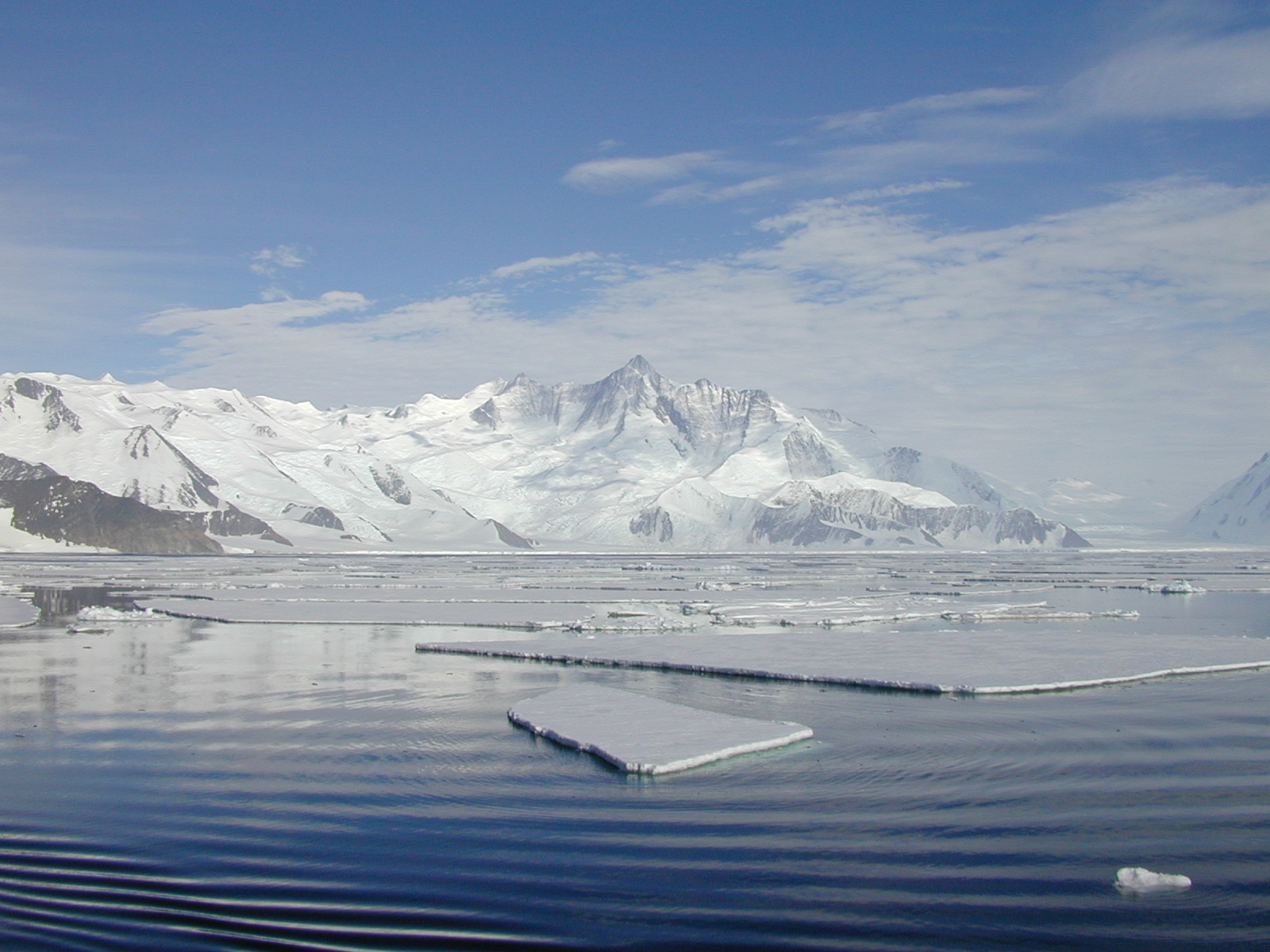inorganic nutrient content
Type of resources
Available actions
Topics
Keywords
Contact for the resource
Provided by
Years
Formats
Representation types
-
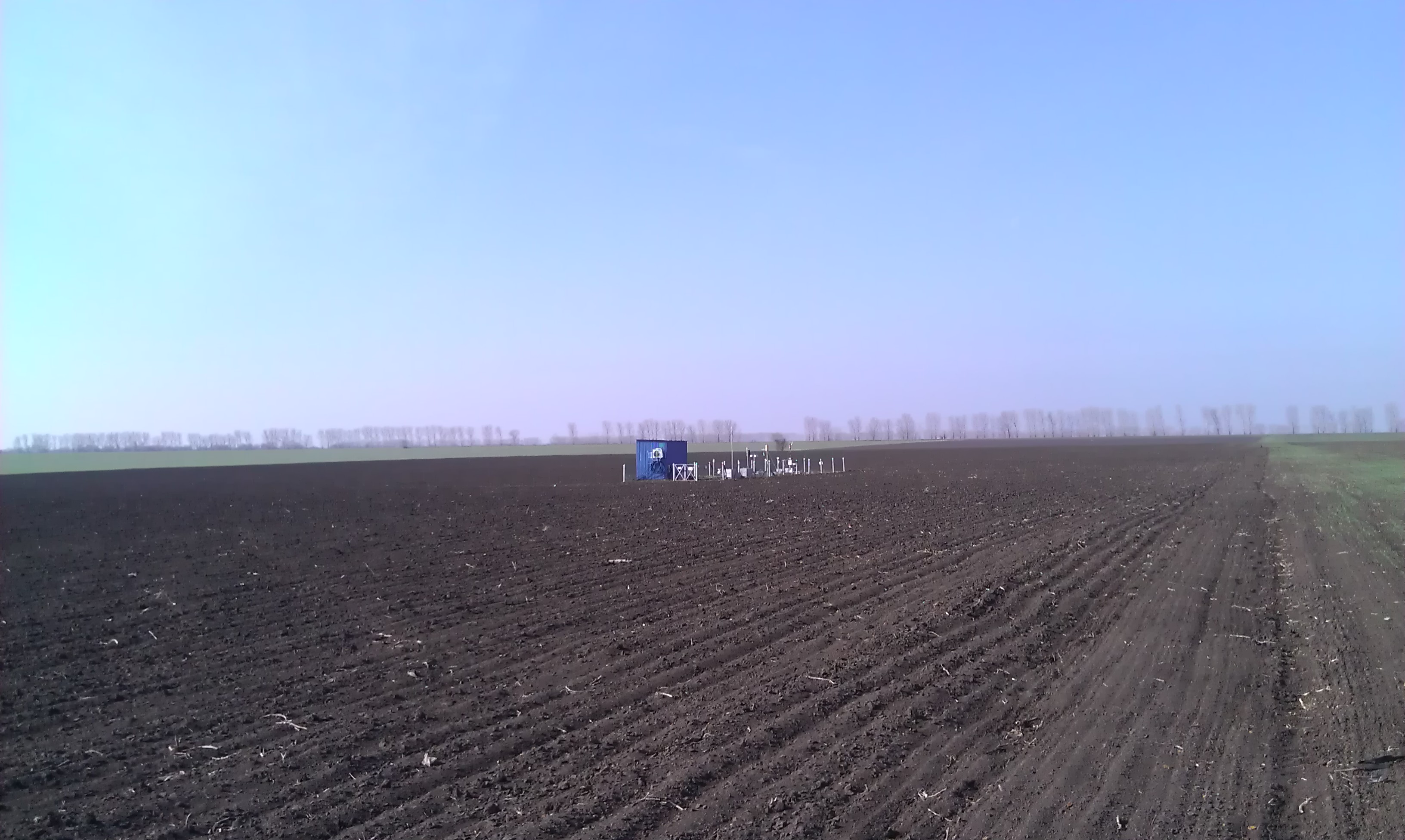
Research Monitoring Station "Petrodolinskoye" (PTR) of the Regional Centre for Integrated Environmental Monitoring and Ecological Studies (RCIEM) of Odessa National I. I. Mechnikov University (ONU) is located on an actively managed arable land. The site is situated 8 km from the Dniester River, which enters the Black Sea (29 km from the study site). The station is located near the village “Mirnoe” (46º27'22.12''N; 30º20'9.94''E), 27 km southeast of Odessa and was established in 2006 within the framework of the EU FP6 NitroEurope IP (Medinets et al., 2014). The arable field study site is 10 ha in size with a flat topography at an elevation of 66 m above sea level. The soil is a black soil (FAO definition: Chernozems Vermi-Calcic, CH vec), and representative for the south of Ukraine (Medinets et al., 2014b, 2016). The climate is temperate continental, with an annual average air temperature of 10.5 °С (period of 2000-2014), an annual minimum mean of 8.4 °С and an annual maximum mean of 12.5 °С. Total average annual precipitation is 432 mm. The atmospheric total N (TN) deposition rate is moderate at ca. 11.4 kg N ha-1 y-1 with significant organic N contribution of circa 67% (Medinets et al., 2016). Crop rotation and management. The study site has been under active agricultural management for more than 200 years, although a detailed history of the agricultural management is unknown. Before autumn 2006 the area was managed by a collective farm (‘kolkhoz’). The study field, 10 ha in size, was leased in autumn 2006 from the Association of Agricultural Enterprises “Granit”. The crop rotation started with wheat in 2006, in the period 2007 – 2014 was onions (2007), tomatoes (2008), barley (2009) and winter wheat (2009/2010) followed by winter onion (2010/2011), carrot (2011), tomato (2012), red beetroot (2013) and onion (2014) followed by winter wheat. This rotation is typical for this region. Crops (except cereals) were grown with drip irrigation (installed in 5-10 cm depth), with fertilizer applied together with the irrigation (fertigation). E.g., during the study period of 2012-2014 the field was fertilized with mineral NPK fertilizers (see Medinets et al., 2016). To prevent plant diseases and to suppress weeds, pesticides and herbicides were applied to all crops following farmers practice. The following tillage methods were used: deep ploughing (40 cm depths), disking (10 cm depth), harrowing (10 cm depth), cultivation (10 cm depth), inter-row cultivation (5 cm depth); the soil was also disturbed under installation/ removing of irrigation tubes (see Medinets et al., 2016).
-
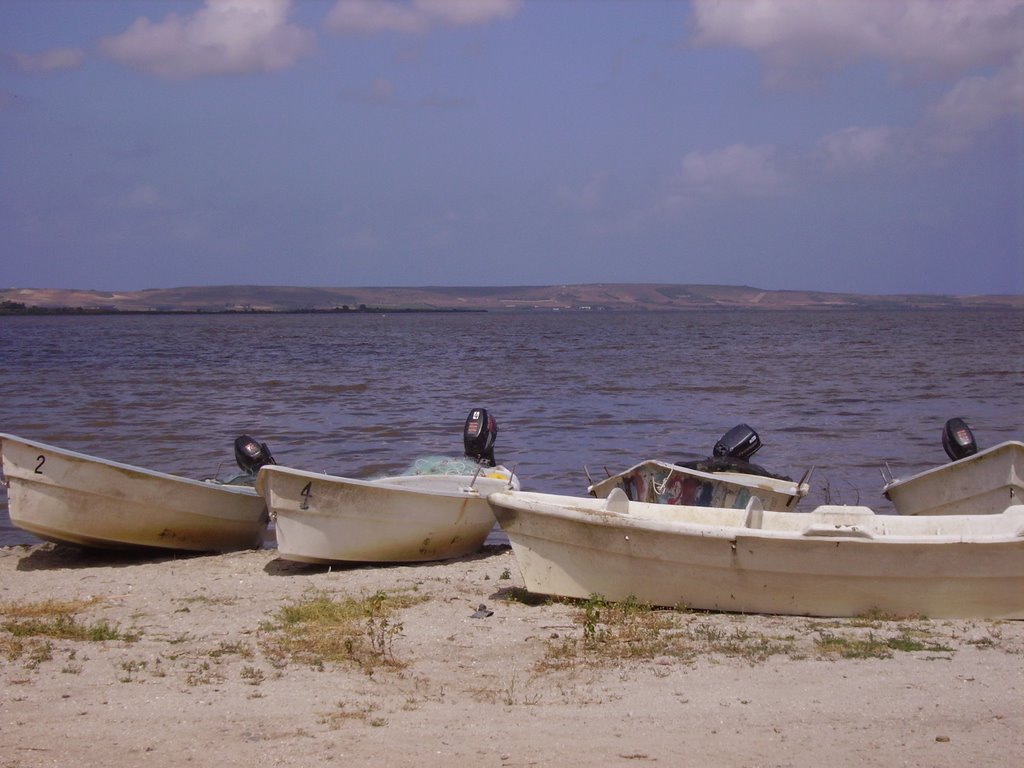
Cabras Lagoon is located on the west coast of Sardinia (Italy), in the Gulf of Oristano (39°56’37’’N, 08°28’43’’E), and occupies about 2280 ha, with a mean water depth and maximum of 1.6 and 3 m respectively. The watershed of the site extends over approximately 430 km2. The input of freshwater into the lagoon is scarce and irregular because of the semi-arid Mediterranean climate. Most of the freshwater comes from the small Mare ‘e Foghe River, located in the north. The predominance of agriculture in the region and the release of poorly depurated urban waste account for the high nutrient loads deposited in Cabras Lagoon. The resident population of about 38,000 inhabitants is grouped in 19 urban centres, the largest being Cabras, which is located on the southeast coastal side of the lagoon. During the twentieth century, the lagoon and its watershed underwent several modifications as a consequence of human activities that affected the hydrology and hydraulics of the region. In addition, in the late 1970s, water exchange with the sea was altered by the dredging of a large canal, the Scolmatore (spillway), which connected the lagoon with the adjacent Gulf of Oristano. The canal was constructed to avoid flooding of adjacent land during the heavy rainfall that occurs in winter. In addition, a cement dam was built into the Scolmatore to prevent further increases in the lagoon’s salinity and artificial barriers were constructed to control the fish catch, thereby impeding direct communication between the lagoon and the sea. Now the only link to the sea is via four very narrow creeks that flow into the large canal from the southern part of the lagoon over the barrier. The lagoon has a high economic rating due to ex¬tensive fishery activities, involving about 300 people and those involved in related enterprises. In the site, in addition to the guard houses and warehouses of fishermen, there is also a restaurant, where the products of fishery in the lagoon are offered. In 1998, fish productivity reached 40,000 kg km-2, corresponding to a catch of 850 tonnes but these values fell to around 20,000 kg km-2 and less than 80 tonnes after 1999. In fact, its high trophic status has often exposed the lagoon to important dystrophic crises, which have caused large reductions in its fishing productivity. Scientific monitoring has been carried out since the strong dystrophic crisis that affected Cabras Lagoon during the summer of 1999, killing the whole aquatic biota. A long-term series of data is available and derives from high-frequency measurements and samplings to assess environmental and biological parameters. In particular the data concern the main trophic descriptors (Secchi depth, temperature, pH, conductivity, dissolved oxygen and saturation, alkalinity, NH4-N, NO2-N, NO3-N, total nitrogen, soluble reactive phosphorus, total phosphorus, dissolved silica) and phytoplankton abundances, as chlorophyll a, cell densities and biomass, class and species composition. The activity was interrupted in 2009.
-
The mooring A is located in an open sea area close to Franklin Island, characterized by both clay bottom sediment and a flat morphology. The station can be considered as representative of the productivity and sedimentary conditions of the southern part of the Ross Sea, one of the areas considered to be affected by greater productivity rate.The study of mooring can be consider part of the activities conduct in the framework of the research project "ABIOCLEAR - Antarctic biogeochemical cycles - climatic and paleoclimatic reconstructions. (Resp. M. Ravaioli)". Such Project is the natural prosecution of previous research activity carried out from 1987. Objectives : Study of the particle fluxes towards the marine bottom sediment, in particular with the aim to obtain quali/quantitative estimate of the biogenica component coming from the primary production. Analysis of the vertical rain rate processes and, therefore, the marine cycle of the main biogenic particles such as Carbon and Silica. Try to obtain mass budgets of these parameters, estimating their cycle in the water column until the burial processes in sediments. From apparent accumulate rate calculated in the bottom sediment we will tried to discriminate the real vertical fluxes (Rain Rate) from the horizontal input from sediment remobilization processes. Acquisition and elaboration of long time series of data. Collection of bottom Sediment samples to estimate the variations of the productivity and the paleoproductivity in the area. Historical time series of Mooring A: Primary productivity data (every three years), fitoplancton, New and regenerated productivity, Seasonal, annual and interannual fluxes measure, monthly Particles samples, current velocity, water salinity, temperature and torbidity, Water-sediment interface measure. Biogeochemical parameters. Radiometrical Data, Mineralogical and grain size characterization. Nutrient, metals. Biostratigraphy interpretations. Lidar data are also available from 1997.
-
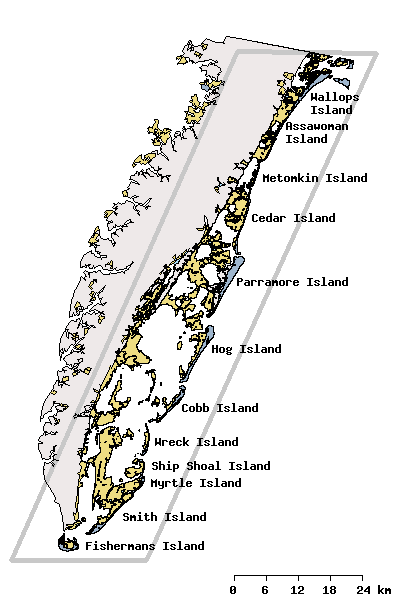
Research activities of the VCR/LTER focus on the mosaic of transitions and steady-state systems that comprise the barrier-island/lagoon/mainland landscape of the Eastern Shore of Virginia. Primary study sites are located on Hog Island, Parramore Island and mainland marshes near Nassawadox VA. The VCR/LTER uses field laboratory and housing facilities at the Anheuser-Busch Coastal Research Center in Oyster, VA.
-

The site of the Boknis Eck Time Series (BE) is located at the entrance of the Eckernförde Bay (54°31.2' N, 10°02.5' E) in the southwestern Baltic Sea. It has a water depth of 28 m with muddy sediments. Riverine inputs into the Eckernförde Bay are negligible and thus the overall hydrographic setting at BE is dominated by the regular inflow of North Sea water through the Kattegat and the Great Belt. Seasonal stratification occurs usually from mid-March until mid-September and causes pronounced hypoxia which sporadically become anoxic.
-
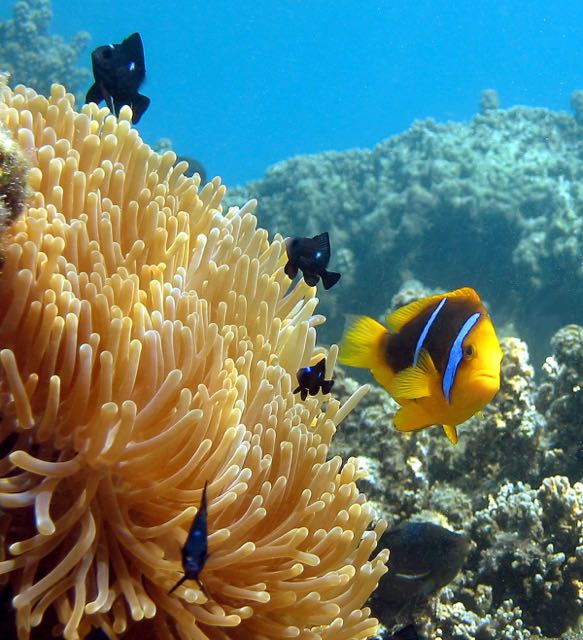
The Moorea Coral Reef LTER site encompasses the coral reef complex that surrounds the island of Moorea, French Polynesia (17°30'S, 149°50'W). Moorea is a small, triangular volcanic island 20 km west of Tahiti in the Society Islands of French Polynesia.
-
UK ECN site. The River Esk rises on the uplands of the North York Moors National Park and is the only major river in the county of Yorkshire that drains directly into the North Sea. The catchment is sparsely populated without the pressures of industrialisation and urbanisation affecting other rivers in the Region. Open moorland characterises much of the catchment and is an important habitat for a wide variety of wildlife. Within the Esk valley there are six Sites of Special Scientific Interest (SSSIs), two of which extend south and cross the boundary of the Derwent catchment. The source of the Esk is upstream of Westerdale, where a series of small streams (becks) known as the Esklets merge to form the River Esk. Many of these moorland streams are affected by natural "flushes" of acidity, as well as iron run-off from natural ironstone strata and old mineral workings, making some of these becks an ochreous-orange colour after periods of rainfall. The combination of the two factors restrict the invertebrate fauna in these head-streams. The majority of the River Esk downstream of the Esklets has very good water quality, with the diverse invertebrate fauna dominated by mayflies, stoneflies, caddisflies and other pollution sensitive groups. This good water quality is also very important in sustaining other species such as salmon, sea trout, dippers and otters. The ECN site is at Briggswath (NGR: NZ 868 081), approximately 2km upstream of the tidal limit. At this point the river is approximately 15m wide, and in normal summer flows the depths vary between 20cm and 30cm.
-
UK ECN site. The River Stinchar is situated in South Ayrshire. It rises close to Loch Doon and flows for 46km before entering the Firth of Clyde at Ballantrae. It has a catchment area of 340km2 and its average flow is 11.2 cumecs. The catchment is largely rural with only a few small and scattered communities. Farming is mostly dairy cattle and sheep rearing, and there have been some pollution problems associated with the latter in particular through spillages of sheep dip chemicals. The upper part of the catchment is extensively forested with conifers for commercial use. The granitic geology and the maturity of the trees have resulted in low pH values in the uppermost routine sampling point. Part of the flow of the upper reaches of the river is diverted by an aqueduct to feed water into the Loch Braden water supply reservoir. The ECN site is situated in the lowest reach of the river where the acidity has been buffered by the base cations in the lower part of the catchment.
-
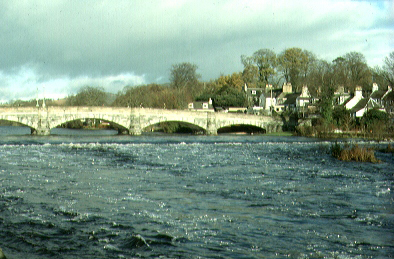
UK ECN site. The River Cree has a catchment area of 515.7km2, much of which is afforested, and a total river length of 57.5km. It has become one of the most acidic catchments in SW Scotland, with pH values as low as 5.0 being recorded occasionally. The raises concerns about its ability to meet the EC requirements for freshwater fisheries and about the survival of the salmon fishery. There are many sewage effluent discharges entering the river along its course, most of which have small flow rates; the largest discharge is from Newton Stewart. In the early 1980's, large stretches of the river were subject to excessive weed growth, believed to be due to the aerial application of fertilisers over large tracts of forest. The mean pH at Newton Stewart is 6.5, with lower mean pH levels upstream.
-
UK ECN site. The River Eden drains some 400 km2 of north Fife, 307 sq. kms of which lie upstream of the ECN site at Kemback. The river rises at around 220 m.o.d. and the catchment is predominantly low-lying. The major land use in the area is arable farming and approximately 76% of the catchment is prime agricultural land with very fertile soils or imperfectly drained brown forest and alluvial types. Underlying geology comprises Devonian and Carboniferous strata, the former including the most productive aquifer in Scotland, the Knox Pulpit formation. Water is abstracted from groundwater, the river and its tributaries for irrigating crops. The Balmalcolm area of the catchment is a designated Nitrate Vulnerable Zone under the EEC Nitrate Directive. Although treated sewage is discharged to the river from several small communities and from the town of Cupar, the effect of diffuse inputs from agriculture is believed to be critical to river water quality. There is a modest salmon run to the river and otters are present. The river enters the sea 4 km to the north of St Andrews and its estuary forms the Eden Estuary Local Nature Reserve - an important overwintering site for wildfowl and waders.

